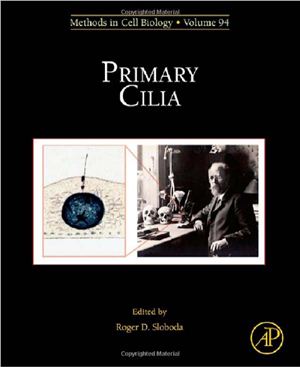Academic Press, Elsevier, 2009, 313 pages
Methods in Cell Biology
In recent years, the role of cilia in the study of health, development and disease has been increasingly clear and new discoveries have made this an exciting and important field of research. This comprehensive volume, a complement to the new three-volume treatment of cilia and flagella by King and Pazour, presents easy-to-follow protocols and detailed background information for researchers working with cilia and flagella.
Covers protocols for primary cilia across several systems and species
Both classic and state-of-the-art methods readily adaptable across model systems, and designed to last the test of time
Relevant to clinicians and scientists working in in a wide range of fields
The pages of this volume, generously contributed by my colleagues, report contemporary observations of, and the methods used to study, the primary cilium. Such methods include not only microscopic techniques but also those from the fields of biochemistry, genetics, and molecular biology. All of these approaches are of course essential components of the mode cell biologist’s tool box, and combined they allow investigators to see the primary cilium as never before.
Methods in Cell Biology
In recent years, the role of cilia in the study of health, development and disease has been increasingly clear and new discoveries have made this an exciting and important field of research. This comprehensive volume, a complement to the new three-volume treatment of cilia and flagella by King and Pazour, presents easy-to-follow protocols and detailed background information for researchers working with cilia and flagella.
Covers protocols for primary cilia across several systems and species
Both classic and state-of-the-art methods readily adaptable across model systems, and designed to last the test of time
Relevant to clinicians and scientists working in in a wide range of fields
The pages of this volume, generously contributed by my colleagues, report contemporary observations of, and the methods used to study, the primary cilium. Such methods include not only microscopic techniques but also those from the fields of biochemistry, genetics, and molecular biology. All of these approaches are of course essential components of the mode cell biologist’s tool box, and combined they allow investigators to see the primary cilium as never before.

